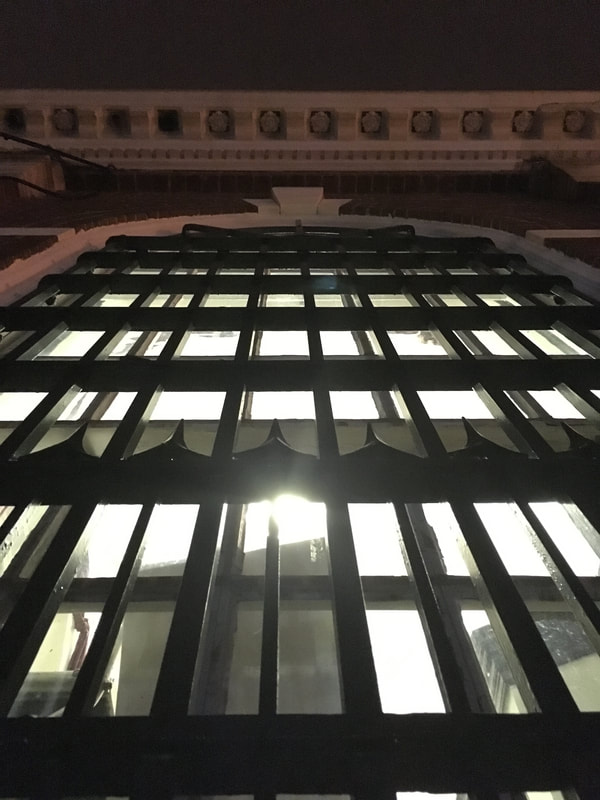Let's talk about how this works in Citizen. On the one hand, we've got Serena in a lyric essay. Then there are the passages at the beginning, those short pieces written in the second person – the girl who doesn't want to sit next to the woman on the plane because she's African American, the coworker who mistakes her for someone else and then refers to it as "our mistake." Those, too, are lyric moments. Traditionally, we associate the lyric with autobiography, but here the second person opens up the writing so that it becomes a collective experience.
RANKINE
When I first sit down to write, these movements are all intuitive. Just this morning, for example, I was listening to the recording of the shooting of Philando Castile in Minnesota, and the little girl, the four-year-old in the backseat of the car, says, "It's okay, Mommy, I'm right here with you." I wrote it down. That will be the beginning of something. Every time I watch that video, my eyes tear up, my throat closes. I hear that little girl, and I am transported to a place beyond my intellect. I'm no longer thinking about the policemen – I'm experiencing that child and her utterance. When a moment enters me that profoundly, I know I can wait to write because I'll forever be in dialogue with the moment. That part of the process I don't interfere with. I will be surprised and ready to begin when her voice makes its way into a piece.
Claudia Rankine: The Art of Poetry No. 102, Interviewed by David L. Ulin in Women at Work: Interviews from the Paris Review


 RSS Feed
RSS Feed